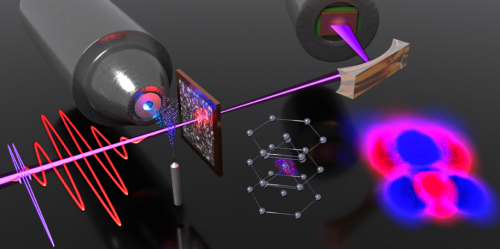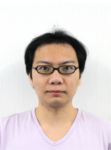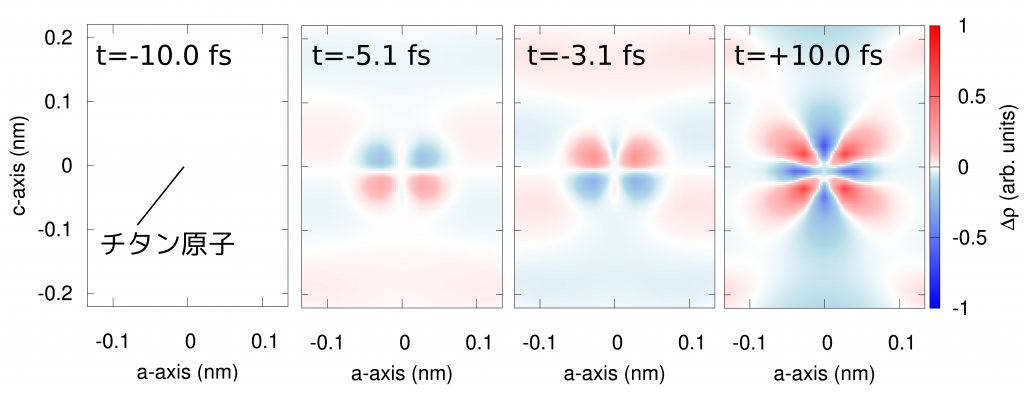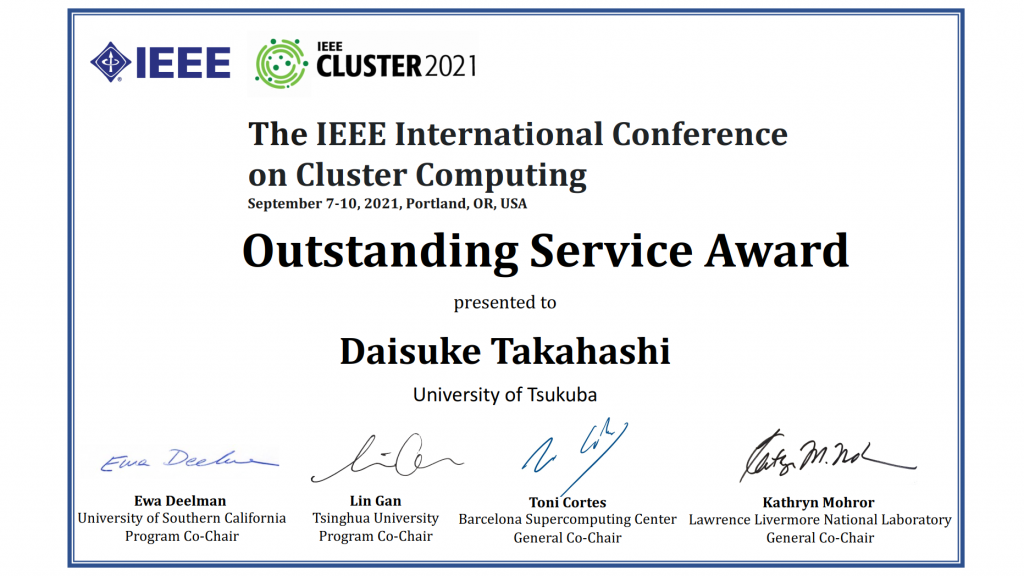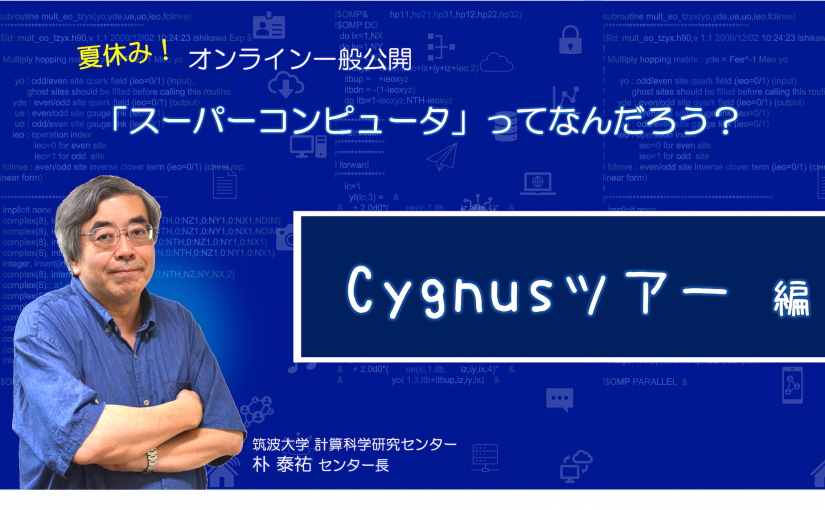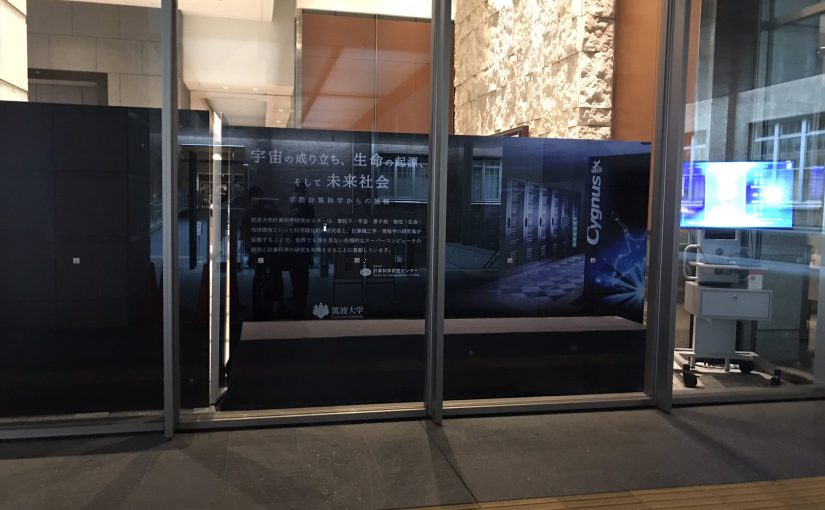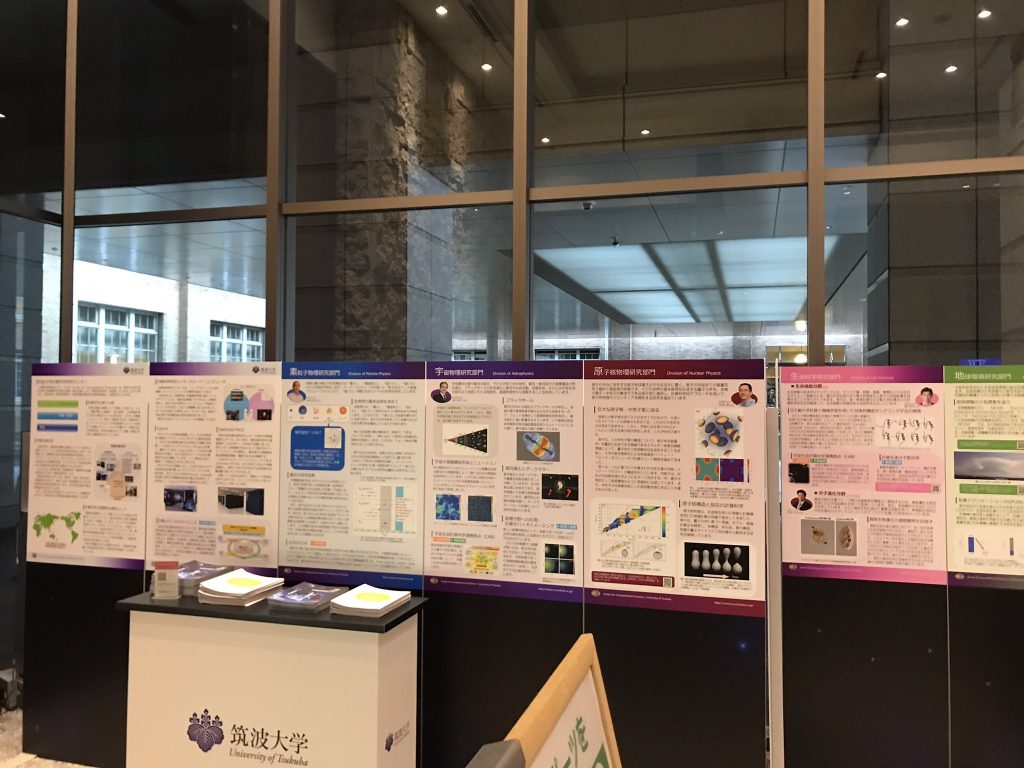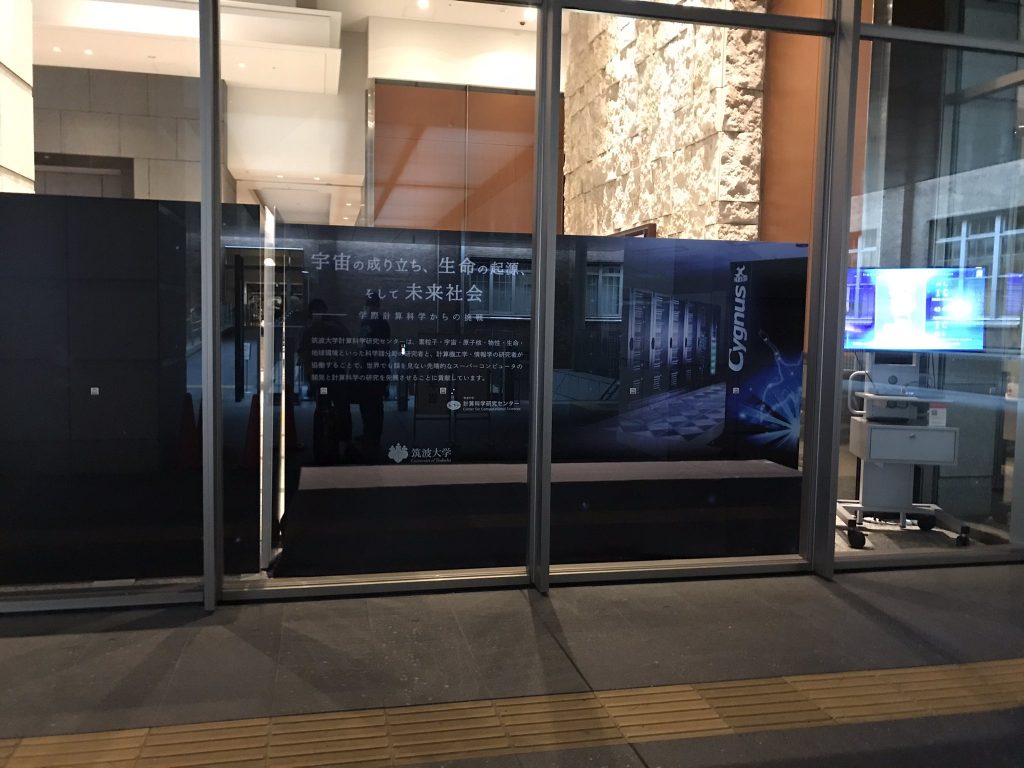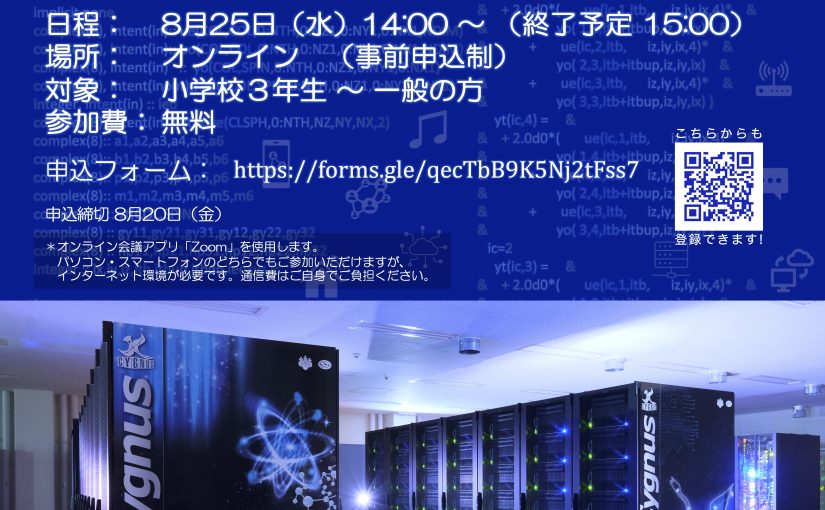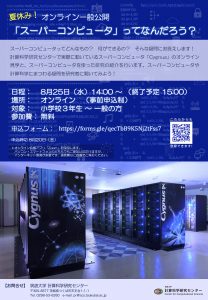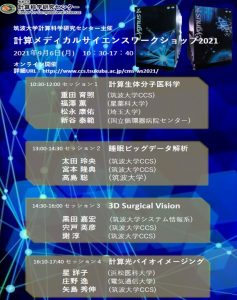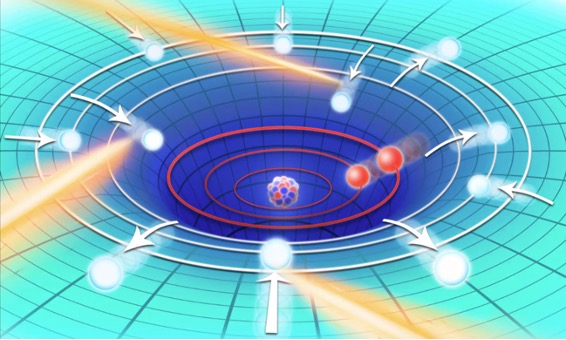Position Title : Assistant professor (tenure track)
Affiliation : Division of Life Science, Center for Computational Sciences, University of Tsukuba
Field of Expertise: Computational Bio and Medical Science including bioinformatics, quantum chemistry, molecular simulations, and machine learning.
Research : In our center, we seek a tenure track assistant professor to develop computational methods using bioinformatics, classical molecular dynamics (MD) simulations, first-principles calculations, and machine learning (ML), and apply it to actual problems in the field of biomolecular medical sciences. The successful candidate will be a member of the Divisions of Life Science. He/She will collaborate with experimental researchers in the field as well as companies. We are looking for a best candidate who is willing to engage in research in the interdisciplinary field of computational medical science. Based on the candidates’ expertise, he/she can teach in the faculty of physics, chemistry, or biology.
Starting date : April 1st, 2022 or later, as soon as possible
Period : 5 years (After evaluation, He/She can become a tenured assistant professor)
Requirement : Applicants must have a doctoral degree or equivalent expertise.
Compensation
・Salary: Annual salary system (The annual salary will be determined based on the regulations of the University, taking into account the career of the employee.)
・Working hours : Discretionary labor system
・Holidays : Saturday, Sundays, national holidays, New Year’s holidays (Dec.29 Jan. 3), and holidays determined by the University.
Submissions : 1) Resume/CV (with photograph)
2) List of research activities including peer-reviewed papers, peer-reviewed proceedings, oral presentations at international conferences, competitive research funds (representative), awards, and so on.
3) Up to five major papers (at least four of which were published within the last five years)
4) Summary of research to date (within 1 sheet of A4 paper)
5) Research and education proposal (about 1 sheet of A4 paper for each)
6) Contact information for two references (name, affiliation, email address, telephone number, etc.)
7) Consent for the handling and extraterritorial transfer of personal data in accordance with the EU-General Data Protection Regulation (GDPR) (*Submit this form if you are a resident of member countries of the European Economic Area or the United Kingdom. Please contact us to order the consent form before the submission).
Submission deadline: Tuesday, November 30th, 2021 (JST).
Please write “Application for Assistant Professor Position in Computational Medical Science (Biomolecular Medical Science)” on the subject and send a zip file with a password for the documents (1-6) in the pdf format via e-mail to apply_2021_L01 [at]ccs.tsukuba.ac.jp ([at] should be replaced by @). The password should be separately sent to shigeta[at]ccs.tsukuba.ac.jp ([at] should be replaced by @ as well).
Contact address: Yasuteru Shigeta
(Tel: +81-29-853-6496, Email: shigeta[at]ccs.tsukuba.ac.jp)
Miscellaneous: The Center for Computational Sciences has been approved as a Joint Collaborative Research Center by the Ministry of Education, Culture, Sports, Science, and Technology. We promote interdisciplinary computational sciences, including joint use of our supercomputer systems. The University of Tsukuba conducts its personnel selection process in compliance with the Equal Employment Opportunity Act.

